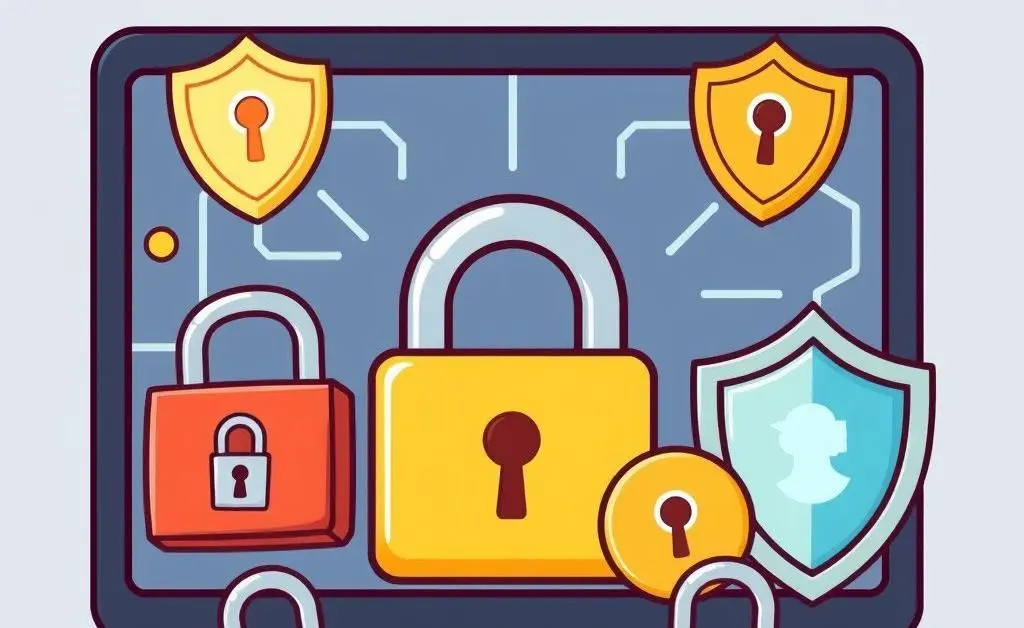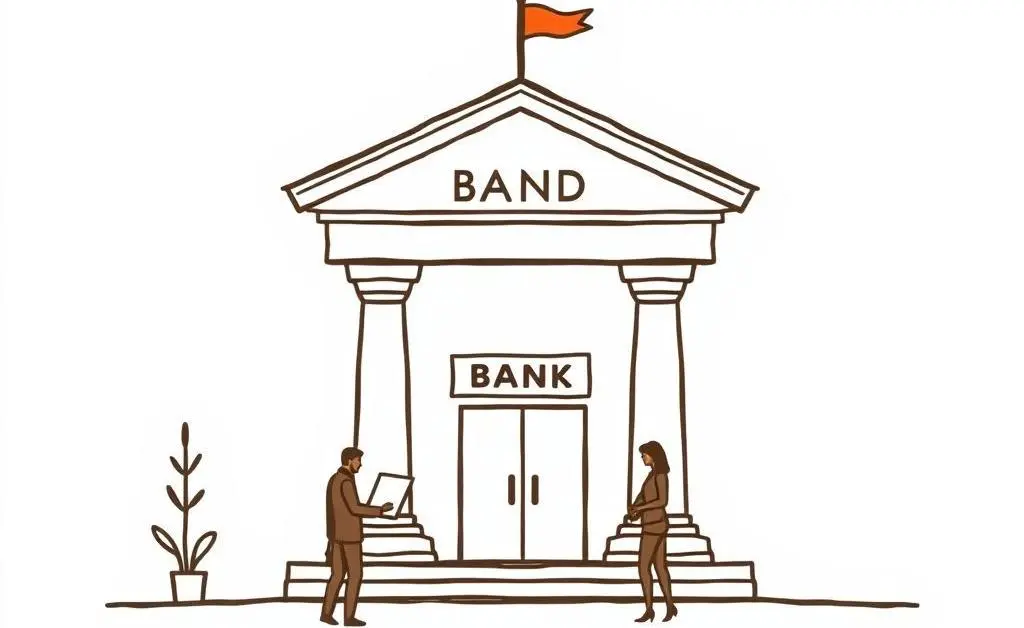Why Do Banks Text You About Fraud: Understanding the Process
Explore why banks send fraud alerts and how to stay secure, based on common concerns and tips.

Have you ever received a text from your bank, informing you of suspicious activity on your account? If you're like me, your immediate reaction might be a blend of concern and curiosity. We all want to keep our money safe, but why do banks reach out via text?
Understanding Bank Fraud Text Alerts
Let’s face it, the onset of digital banking has made transactions faster but has also opened new doors for fraudsters. Banks have stepped up their game in protecting clients by employing fraud alert systems. Typically, these messages are sent as part of a security protocol designed to quickly notify you of irregular activity, so action can be taken immediately.

Why Texts are the Chosen Medium
Texts are quick, accessible, and likely to be read almost immediately compared to emails or phone calls. In our fast-paced world, banks aim to reach customers swiftly before any unauthorized activities can escalate.
Are These Texts Safe?
Absolutely, as long as they originate from your bank. It's important to verify that the message is legitimate. Scammers can mimic these alerts, asking for personal information. Remember: A real bank will never request sensitive information via text.

How to Respond to Fraud Alerts
- Verify: Check the sender's information and look for any suspicious links before clicking.
- Contact: Call your bank using official channels if the message seems suspicious, or if you're instructed to take action.
- Monitor: Frequently review your transactions to ensure nothing is amiss.
Preventing Fraud
Taking proactive steps can often prevent the need for such alerts:
- Keep your banking app(s) updated to ensure you have the latest security features.
- Enable multi-factor authentication for added security layers.
- Be wary of sharing your banking information casually, even in seemingly innocuous situations.

Final Thoughts
Fraud notifications are an essential part of the evolving landscape of digital banking. They aren't just messages on a screen but vital tools in safeguarding your financial health. Always remain vigilant and informed.
Have you ever experienced an unexpected fraud alert? How did you respond? I'd love to hear your stories!




